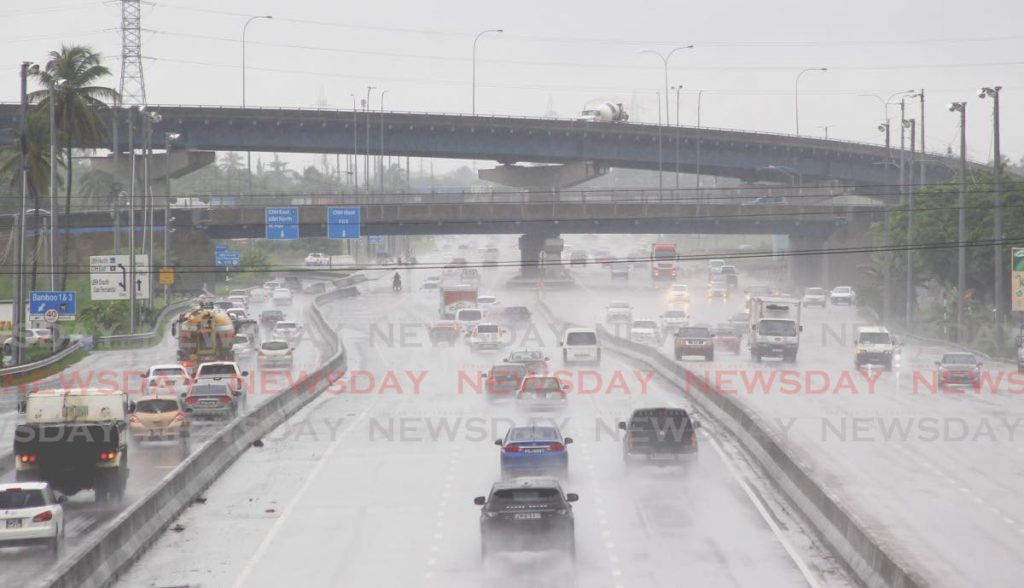Climate warning from Cipriani College conference

After the passage of this week's tropical wave, people across TT are cleaning up their flooded homes and businesses, bridges are being inspected and rescue workers continue their search for Theresa Lynch, who was swept away by the river in Surrey Village.
Ominously, climate-change experts say the country should expect wetter wet seasons and drier dry seasons with greater intensity.
The Cipriani College of Labour and Co-Operative Studies hosted a panel discussion on Reducing Vulnerability in the Caribbean through Climate Justice: Building a Collaborative Response, on Thursday morning. A second lecture was held on Friday morning.
Keynote speaker Dr Dale Rankine, climate specialist with a PhD in physics from UWI, Mona, had three pieces of advice: wise up, head up and wake up.
He said the Caribbean had strongly advocated for the slogan “1.5, Stay Alive.” That proposal seeks to limit the rise in global temperature to 1.5 degrees Celsius, from pre-industrial levels, in compliance with the 2015 Paris Agreement.
Then and even now, small island developing states (SIDS) thought it was not ambitious enough.
“We had to do a study to prove that 1.5 degrees Celsius represented a critical threshold for SIDS.
“Most developed countries don’t have to worry about that 1.5 degrees Celsius. When hurricane Ivan destroyed Grenada in 2004 and went on to Miami, President Bush was in New York campaigning, but SIDS don’t have that luxury.
“All the hurricanes we are seeing, all the increases in temperature, if one degree centigrade has already done so much damage in the past century – because having already risen by one degree Celsius from pre-industrial levels – we cannot afford global temperatures increasing beyond 0.5 degree Celsius in the next century, until 2100.”
A graph Rankine presented showed temperatures from 1880-2020 continuously increasing – 2016 and 2020 are tied for the warmest years on record. Extrapolating from the graph, he said there are 23 more hot days and hot nights in recent years as compared to 1950. This means there are also earlier and longer summers.
“That is a problem for us. Rainfall is more variable. When it is dry it is very dry, and when it is wet it is exceedingly wet. The nature of rainfall is changing. Nobody can tell you what a normal rainfall is like any more.”
He said Jamaica had a bimodal rainfall pattern, that is, two peaks of rainfall – the primary peak in September/October and the secondary one in May/ June. But a recent study showed the pattern is now reversed.
Drought is also becoming more extreme, he said.
“There was a significant drought between 2013 and 2016. All the governments mobilised and agreed to do something about drought, then the 2017 rainfall came and everybody forgot the plan. We are very episodic in our planning.”
Rankine said territories in the Caribbean are small, isolated and exposed, flat and low-lying. If sea levels rise by one metre before 2100 as predicted, it will have a devastating impact on the region. He said shorelines are already retreating on most islands.
“There is a division in opinion if there will be more hurricanes. However all models agree that hurricanes would be more intense, as we have been seeing.
“Caribbean populations live near the coast, on the floodplains or on the slopes of mountains, so there are going to be landslides or flooding.
“If we achieve 1.5 degrees Celsius or not, we have to act now and conferences like this help. We’re on track to overshoot two degrees Celsius, and it is more than worrying.”


Comments
"Climate warning from Cipriani College conference"